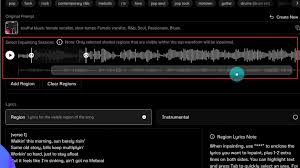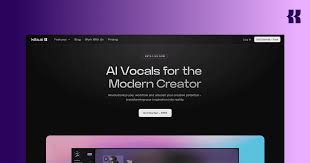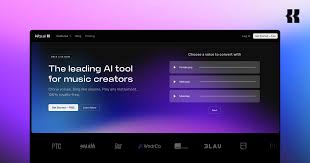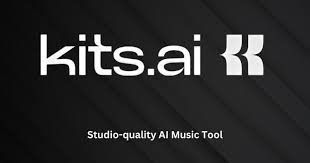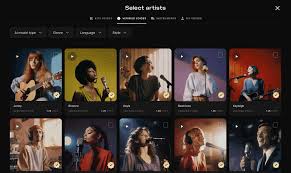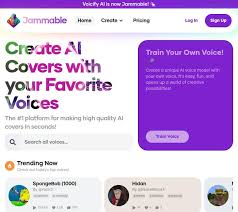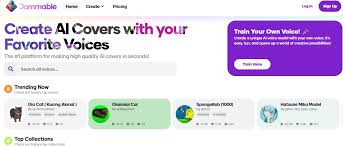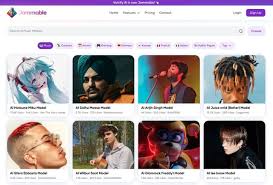As interest in AI-generated music continues to rise, a common question pops up in online communities: “How do I get access to OpenAI’s MuseNet?” While MuseNet was once an accessible public demo, things have changed in recent years. If you're searching for practical ways to explore MuseNet—or similar AI-powered music composition tools—this guide will give you everything you need to know, step by step.
We’ll explore what MuseNet is, the current state of access, real alternatives, and hands-on methods to experiment with music generation using similar models. If you're serious about learning, building, or experimenting with AI music, this article will point you in the right direction.

What Is OpenAI’s MuseNet?
OpenAI’s MuseNet is a deep learning model capable of generating musical compositions with up to 10 instruments and multiple genres. It was trained using a vast dataset of MIDI files, allowing it to understand rhythm, harmony, and style.
Technically, MuseNet is based on a Transformer neural network, which is also the foundation behind GPT-3 and GPT-4. Instead of language tokens, MuseNet processes musical events such as note pitch, duration, and instrument changes. It can generate music in the style of classical composers, jazz artists, and even modern pop.
OpenAI initially released a MuseNet demo in 2019, which gained traction due to its ability to blend genres (e.g., Chopin in the style of jazz) and instruments (e.g., piano with string quartet). However, as of 2021, the official MuseNet demo was taken offline.
How Do I Get Access to MuseNet Today?
If you’re wondering whether you can still use MuseNet in 2025, here’s the short answer: OpenAI does not currently offer public access to MuseNet through an official product or API.
That said, you still have a few viable paths if you’re looking to experiment with MuseNet’s logic or explore similar tools:
Access Options and Workarounds
OpenAI Archive Resources
OpenAI published a MuseNet blog post that includes sample outputs, technical details, and model structure. While no direct interface is available, the documentation offers deep insight into how the model works.Community-Supported GitHub Projects
Several developers have attempted to reverse-engineer MuseNet or create similar music transformers:Projects on GitHub like “MuseGAN” or “Music Transformer” replicate parts of MuseNet’s architecture.
These require knowledge of Python, PyTorch, and MIDI processing.
Search terms like “MuseNet clone GitHub” or “Music Transformer implementation” can help locate repositories.
Google Colab Implementations
Some researchers have shared MuseNet-inspired notebooks using TensorFlow or PyTorch. These let you:Upload your own MIDI seed.
Select model weights.
Generate continuations or transformations of musical ideas.
Third-Party Alternatives Based on Similar Technology
AIVA: A commercial platform for symbolic music generation that focuses on classical and cinematic styles. You can generate and download MIDI, edit compositions, and choose musical emotions or structures.
Suno AI: An audio-focused tool that generates full songs, including lyrics. Though not based on MIDI, it’s one of the most advanced musical AI tools available in 2025.
Magenta Studio by Google: Offers tools like MusicVAE and Music Transformer that work in Ableton Live and standalone. They are trained on MIDI data and perform interpolation and continuation similar to MuseNet.
Why Can’t You Access OpenAI’s MuseNet Directly Anymore?
Several reasons explain why the original MuseNet demo was taken down:
Resource Intensity: Generating high-quality music requires GPU-heavy computation, making it expensive to run at scale.
Focus Shift: OpenAI has since shifted attention toward large-scale language models like GPT-4 and multimodal models like Sora and DALL·E.
Security and Reliability: Offering open generation tools introduces moderation and misuse risks. In the case of music, copyright and licensing concerns also play a role.
Real-World Use Cases for MuseNet-Like Models
Even without direct access to OpenAI’s MuseNet, the foundational ideas behind it are still highly valuable. Here’s how musicians, developers, and creators are using these models today:
Composers use AI to generate orchestral drafts, then refine them in digital audio workstations.
Game developers generate dynamic soundtracks for environments that change in real-time.
Educators demonstrate how AI understands structure and style in classical and modern music.
YouTubers and podcasters use AI-generated background music to avoid copyright claims.
Getting Started with Alternatives (Without Coding)
If you're not a developer, here are tools that provide MuseNet-style outputs without needing code:
AIVA (aiva.ai): Offers composition tools for classical, pop, and cinematic genres. You can export MIDI and tweak instrumentation.
Soundraw.io: Tailors background music for creators using AI. Focuses on customization.
Amper Music: AI music generation for business use cases like advertising or app development.
Tips for Best Results When Using MuseNet Alternatives
Start Simple: Choose one genre and minimal instruments for your first try.
Adjust Emotion Settings: Tools like AIVA let you set mood parameters (e.g., “sad piano” or “heroic brass”) to influence output.
Refine Output in a DAW: Import AI-generated MIDI into software like Logic Pro or Ableton Live to humanize the result.
Use it as Inspiration: Don’t expect perfect results—use them as drafts or creative sparks.
FAQ: Accessing OpenAI’s MuseNet
Can I still use MuseNet in 2025?
Not directly. The public demo and code are not currently available through OpenAI. However, you can use similar tools and open-source alternatives.
Is there a MuseNet API?
OpenAI does not offer a public API for MuseNet as of 2025.
Where can I find MuseNet’s output examples?
The original OpenAI blog post still hosts audio samples and information.
What are the best MuseNet-like tools today?
AIVA, Suno AI, Magenta Studio, and Music Transformer all offer similar capabilities in symbolic or audio generation.
Do I need to know how to code to use MuseNet-like models?
Not necessarily. Tools like AIVA and Suno are user-friendly and designed for non-programmers.
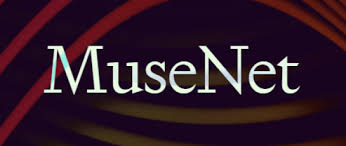
Conclusion: MuseNet Access in 2025 and Beyond
Although direct access to OpenAI’s MuseNet is no longer available, the model has left a lasting impact on the AI music generation landscape. From symbolic music tools like AIVA to end-to-end audio generation in platforms like Suno, MuseNet's foundational concepts live on in a new generation of AI creativity tools.
Whether you're a developer looking to build your own MIDI-based generator or a musician hoping to experiment with AI-composed melodies, understanding MuseNet’s core structure and its alternatives gives you a head start.
If you're still asking “How do I get access to OpenAI's MuseNet?”, the answer is: you might not be able to use the original tool—but you can use everything it inspired.
Learn more about AI MUSIC

